Key Takeaways:
- Essential Features: Discover the must-have elements in a ski jacket for optimal performance.
- Top Picks: Explore the best waterproof ski jackets available today.
- Care Tips: Learn how to maintain your jacket for long-lasting use.
Introduction: Embracing the Slopes with Confidence
Skiing is not just a sport; it's an exhilarating dance with nature. But to truly enjoy the slopes, you need the right gear, starting with the best waterproof ski jacket. This guide will walk you through everything you need to know to make an informed choice, ensuring you stay warm and dry, no matter the weather.
Understanding Waterproof Protection
When it comes to ski clothing, waterproof protection is paramount. A good quality ski jacket acts as your shield against the elements, keeping you dry and comfortable. The fabric's water resistance is crucial, as it prevents moisture from seeping in while allowing sweat to escape.
The Role of Gore-Tex in Ski Jackets
Gore-Tex is a game-changer in the world of waterproof jackets. Known for its breathability and durability, this material is often used in top-tier shell jackets. It provides maximum protection against snow and cold water, making it a favorite among resort skiers and off-piste adventurers alike.
Essential Features of a Good Ski Jacket
A ski jacket is more than just a piece of clothing; it's a carefully designed piece of gear. Look for features like a helmet-compatible hood, removable powder skirt, and adjustable cuffs. These thoughtful features enhance your skiing experience by offering added warmth and flexibility.
The Importance of Fully Taped Seams
Fully taped seams are a hallmark of a high-performance ski jacket. They prevent water from penetrating through the stitching, ensuring you stay dry even in the harshest conditions. This feature is especially important for those who venture into deep snow or face unpredictable weather.
Insulation: Finding the Right Balance
Choosing between an insulated jacket and a versatile shell can be tricky. Insulated jackets offer built-in warmth, ideal for cold days on the mountain. However, a versatile shell provides maximum versatility, allowing you to layer according to the weather.
Synthetic Insulation vs. Down
Synthetic insulation is often preferred for ski jackets due to its ability to retain warmth even when wet. Unlike down, which can lose its insulating properties in damp conditions, synthetic materials provide reliable warmth and are easier to care for, often suitable for machine washing on a gentle cycle.
Ventilation: Staying Comfortable on the Slopes
Ventilation zippers, or pit zips, are essential for regulating body temperature. They allow you to release excess heat during intense activity, preventing overheating. This feature is particularly beneficial for resort skiing, where temperatures can fluctuate throughout the day.
The Role of Underarm Vents
Underarm vents are strategically placed to maximize airflow without compromising the jacket's performance. They are a must-have for any skier looking to maintain comfort and focus on the slopes, regardless of the weather conditions.
Weather Resistance: Facing the Elements
Weather resistance is a key factor in choosing the right ski jacket. Look for jackets with a durable water repellent (DWR) coating, which enhances the fabric's ability to repel water. This coating is crucial for maintaining the jacket's performance over time.
Wind Resistance: Battling the Chill
Wind resistance is equally important, especially on exposed slopes. A jacket with good wind resistance will keep you warm by blocking cold gusts, allowing you to enjoy your ski day without the chill cutting through your layers.
Versatility: Adapting to Various Conditions
A versatile jacket is a skier's best friend. It should be adaptable to different weather conditions, offering the flexibility to add or remove layers as needed. This adaptability ensures you stay comfortable, whether you're facing a blizzard or enjoying a sunny day on the slopes.
Layering System: Building Your Ski Outfit
The layering system is crucial for maximum versatility. Start with a base layer to wick moisture away from your skin, add a mid layer for warmth, and top it off with your waterproof jacket. This system allows you to adjust your outfit to suit the day's conditions.
Practical Examples: Real-World Jacket Performance
Consider the experiences of search and rescue teams who rely on high-performance jackets for their demanding work. These professionals need gear that offers maximum protection and durability, often opting for jackets with several key features like well-placed pockets and wrist gaiters.
Case Study: Outdoor Research and REI Co-op
Brands like Outdoor Research and REI Co-op are known for their commitment to quality and innovation. Their jackets often feature recycled materials and thoughtful designs, making them popular choices for environmentally conscious skiers seeking more than just functionality.
Care and Maintenance: Extending Your Jacket's Life
Proper care is essential for maintaining your jacket's performance. Always follow the manufacturer's instructions for cleaning and storage. Machine washing on a gentle cycle with a mild detergent can help preserve the fabric's integrity and waterproofing.
Tips for Long-Lasting Wear
Avoid using fabric softeners, as they can damage the DWR coating. Instead, consider reapplying a waterproofing spray after washing to restore the jacket's water resistance. Regular maintenance will ensure your jacket remains a reliable companion on the slopes for years to come.
Conclusion: Choosing the Best Waterproof Ski Jacket
Selecting the best waterproof ski jacket is a personal journey, influenced by your skiing style and the conditions you face. By understanding the essential features and considering your specific needs, you can find a jacket that offers the perfect blend of protection, comfort, and style.
Summary
In the quest for the best waterproof ski jacket, it's important to focus on features that enhance your skiing experience. From waterproof protection and insulation to ventilation and versatility, each element plays a crucial role in keeping you comfortable on the slopes. By investing in a high-quality jacket and maintaining it properly, you can enjoy countless adventures in the snow.
FAQ Section
1. What is the difference between a hardshell jacket and an insulated jacket?
A hardshell jacket is designed to provide waterproof and windproof protection without added insulation, making it ideal for layering. An insulated jacket, on the other hand, includes built-in insulation for added warmth, suitable for colder conditions.
2. How do I choose the right size for my ski jacket?
When choosing a ski jacket, consider your layering system. Ensure there's enough room for a base layer and mid layer without restricting movement. It's also important to check the jacket's length and sleeve fit to ensure maximum coverage and comfort.
3. Can I wear my ski jacket for other outdoor activities?
Yes, many ski jackets are versatile enough for various outdoor activities. Look for features like a removable powder skirt and adjustable cuffs, which allow you to adapt the jacket for hiking, snowboarding, or even casual wear in cold weather.

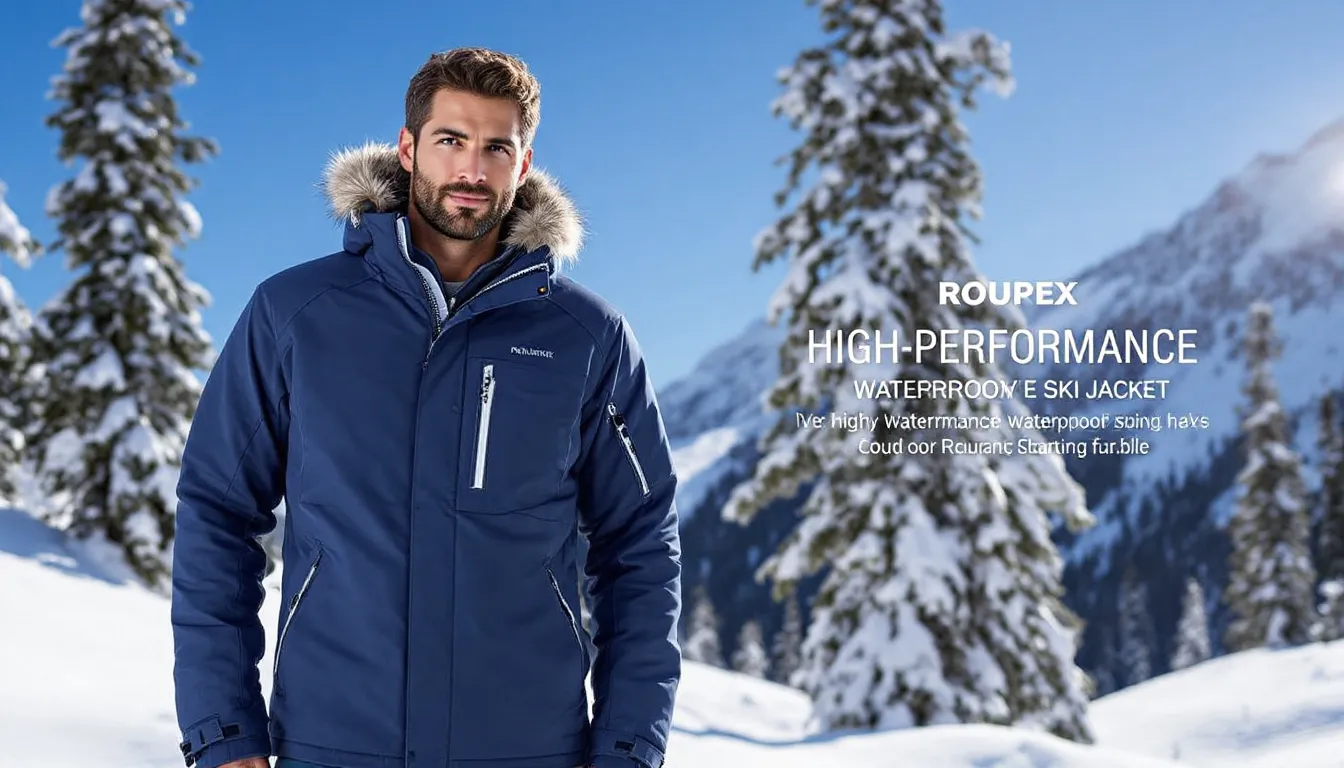
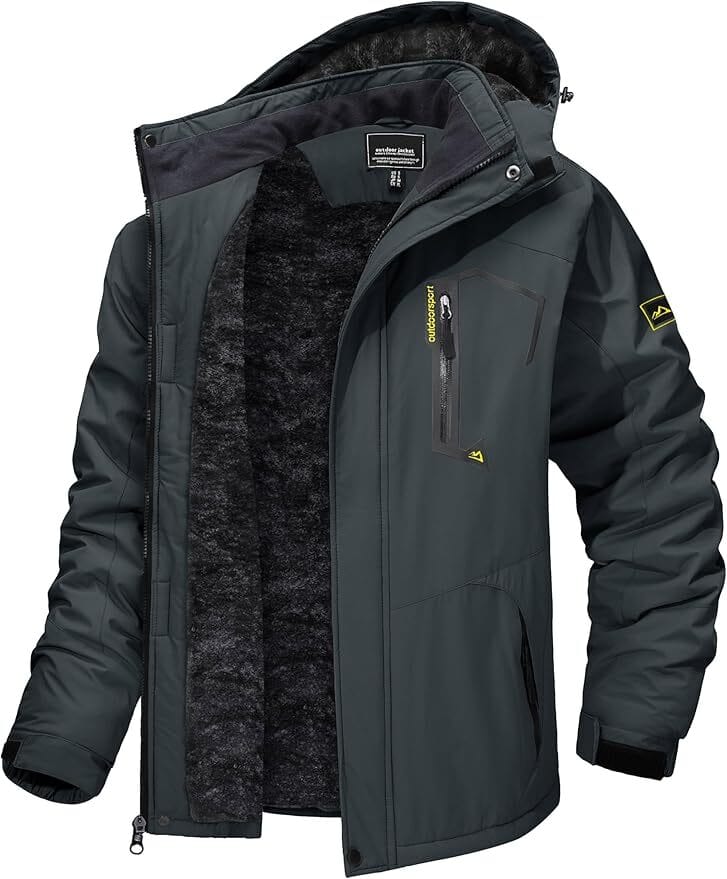
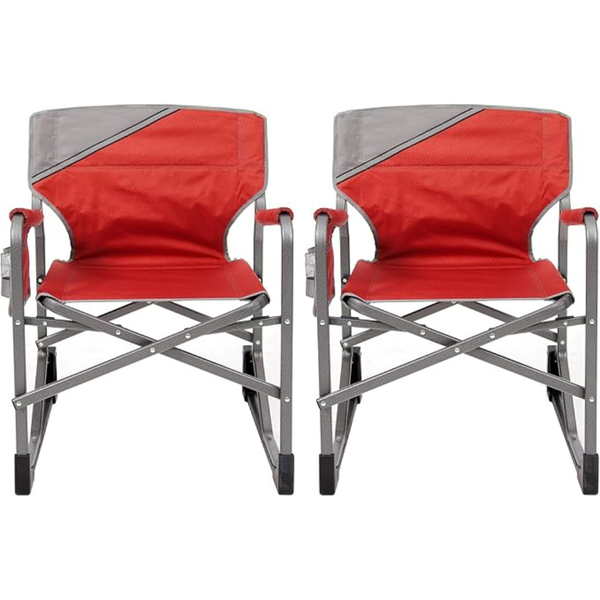
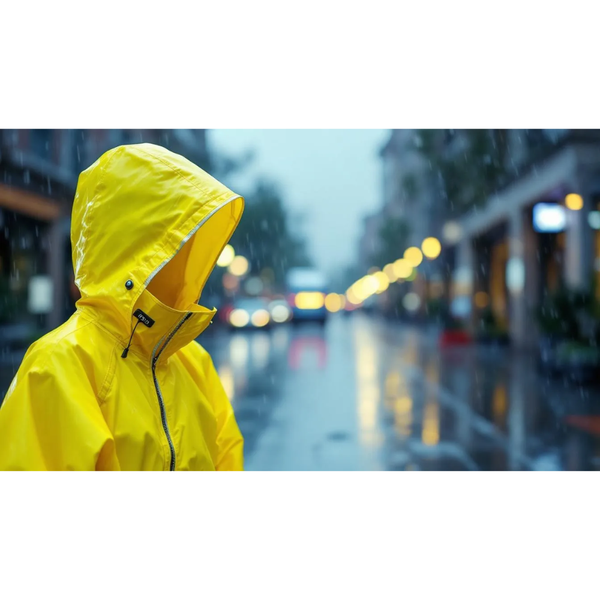

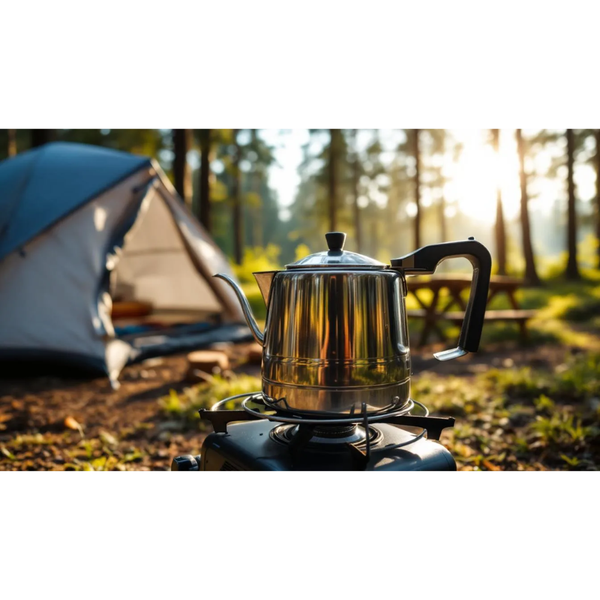

Member discussion